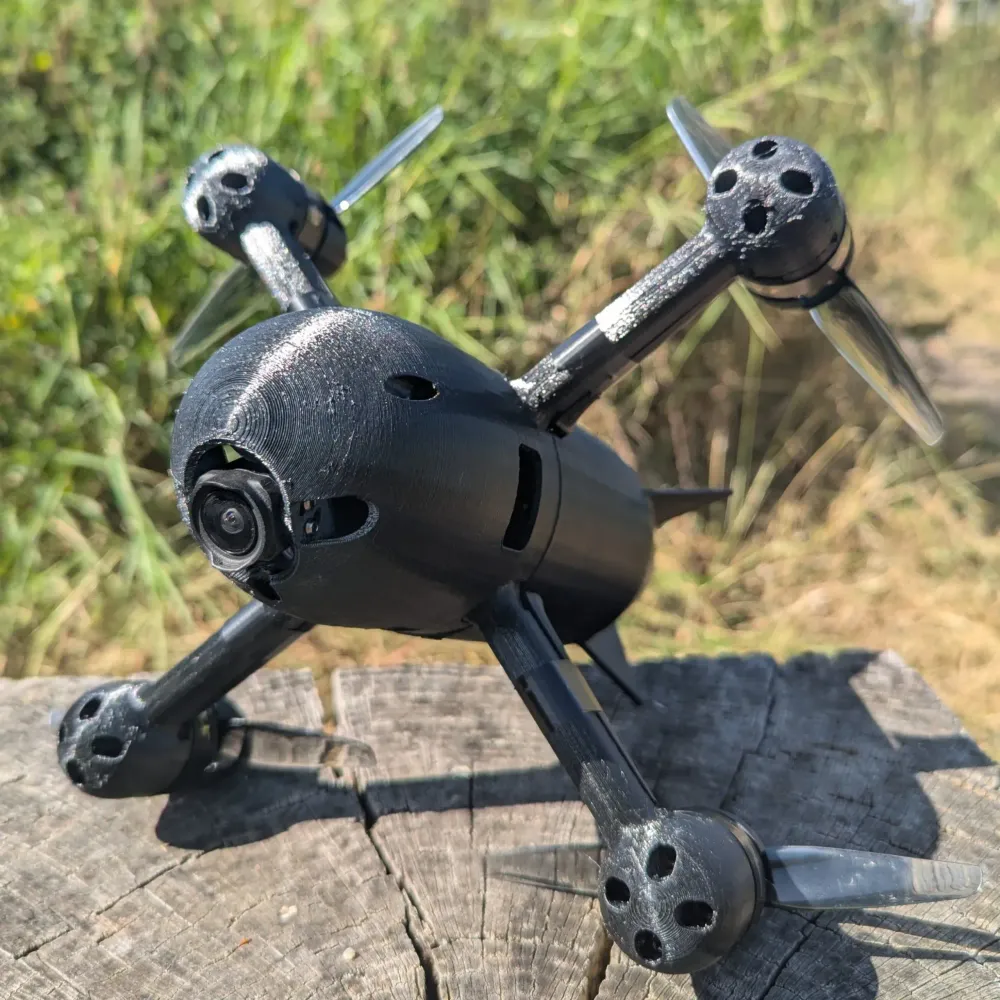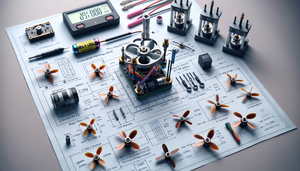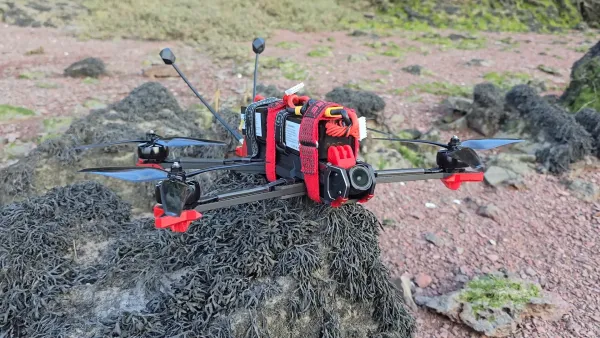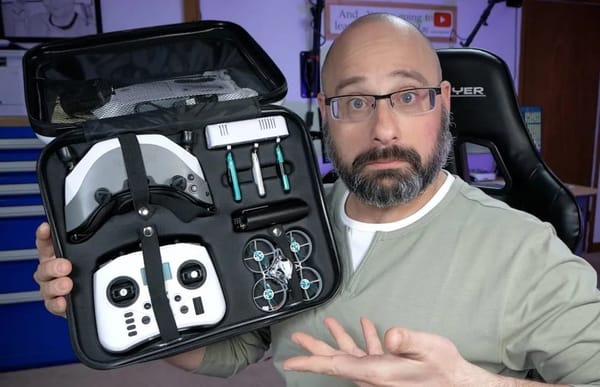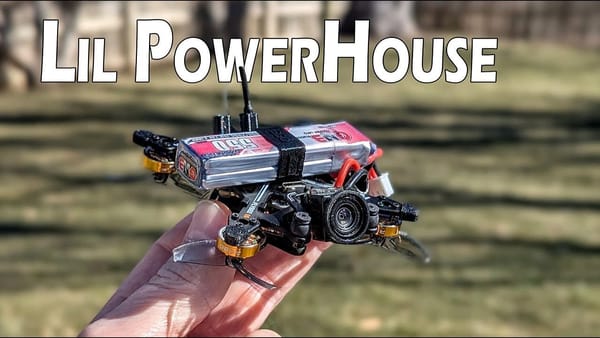You can fly over 200 mph!
How would you like to build a drone that could go over 200 miles an hour? Certainly, we'd all love to achieve that speed, but making a drone reach such velocities is no simple task. You can’t just buy a pile of parts, slap them together, and hope for the best. Enter the AOS HS5, designed by Chris Rosser, which promises to achieve speeds exceeding 200 mph right out of the box. Today, we will explore how to build one of these speed demons and whether it lives up to its claims.
What comes in the kit
The AOS HS5 kit includes several custom 3D printed parts, including a fairing crucial for aerodynamics. Understanding aerodynamics is vital, especially when aiming for high speeds, as drag increases with speed. Chris Rosser has engineered these 3D prints to optimize the drone's performance.
Where To Buy:
The STL are not publicly available
One important note is that the STL files for the 3D printed parts are not published. If you want these components, you'll need to order them from Unmanned Tech, or Brain3D. While this ensures quality, it can be frustrating for those who wish to modify or print their own parts.
Motors: 2808 1950 kv
The drone is powered by T-Motor Velox 2808 motors rated at 1950 kV. These motors are designed to run on 8S voltage, which is crucial for achieving maximum speed. While you can opt for 6S, if you want to push the limits, 8S is the way to go.
Prop: HQ 5.3x8 "thin electric"
For optimal performance, the HQ 5.3x8 thin electric prop is recommended. This propeller has a surprisingly high pitch of 8, which is essential for high-speed flight. The higher pitch allows the drone to maintain thrust at elevated speeds, akin to a bicycle with high gearing.
Battery: GNB 1100 mAh 8S
The GNB 1100 mAh 8S battery is the largest that will fit in the HS5 canopy. It’s important to choose a battery that meets the drone's specifications to ensure compatibility and performance.
ESC: Foxeer Reaper 65A F4
The Foxeer Reaper 65A F4 ESC is recommended for this build. It is robust and designed to handle the high demands of racing drones. You could use other quality ESCs such as DYS 65A 8S, but the Foxeer is known for its reliability.
FC: Rotor Riot Brave FC
The flight controller for this build is the Rotor Riot Brave FC, which is 8S rated. This controller is user-friendly, as it features plug-and-play connections that simplify the wiring process. You can slo use the DYS F7 Stack that is 8S compatible
vTX: DJI O3
For video transmission, the DJI O3 air unit is required. This unit is designed to work seamlessly with the HS5's canopy and is capable of providing high-quality video at high speeds.
Special note about the props
A note about prop installation: the props must be mounted upside down to work correctly in this pusher configuration. This is a crucial detail that must not be overlooked.
The fatal test flight
Unfortunately, during the test flight, the drone experienced issues, and it was unable to demonstrate its top speed due to a crash. This serves as a reminder of the challenges involved in building and flying high-speed drones. Joshua Bardwell recently learned this the hard way while testing his AOS HS5. Turns out that in Stage 1 Failsafe, if you leave an AUX mode active longer than the timeout value, it’ll kindly roll over to Stage 2… which just happens to be disarm. In Joshua’s case, one second of blissful Stage 1 was all it took—then came the inevitable plummet, caught in all its painful detail here on YouTube
Conclusion
While the promise of a 200 mph drone is enticing, the journey to get there involves meticulous planning, careful assembly, and a bit of trial and error. For those interested in building their own AOS HS5, all the details be found in the video.
FAQ
- Can I build this drone on a 6S battery? Yes, but for maximum speed, 8S is recommended.
- Are the STL files for the 3D printed parts available? No, they are not publicly available. But parts can be ordered from Unmanned Tech
- What is the recommended charger for the 8S battery? The ISDT Air8 charger is a solid choice.
- Why is the HQ 5.3x8 prop recommended? It is optimized for high speeds with a higher pitch for thrust.
- What should I do if I crash my drone? Assess the damage and replace any broken parts before attempting to fly again.



